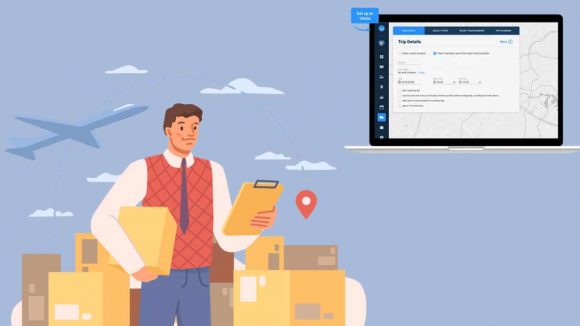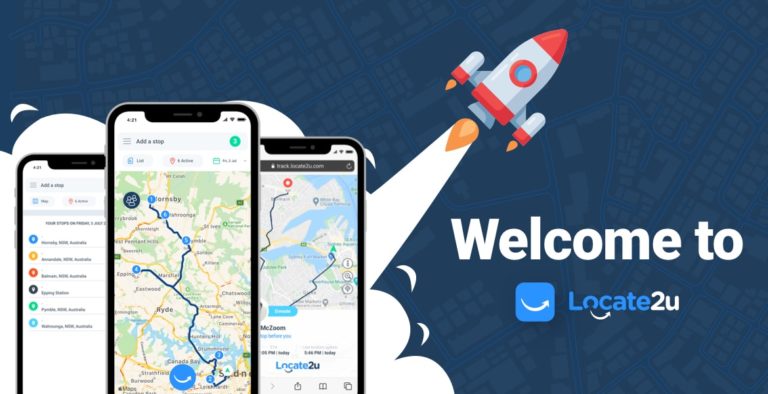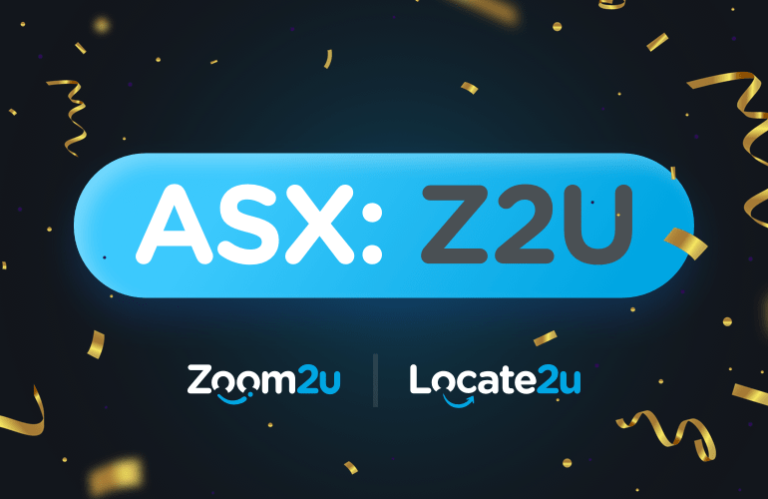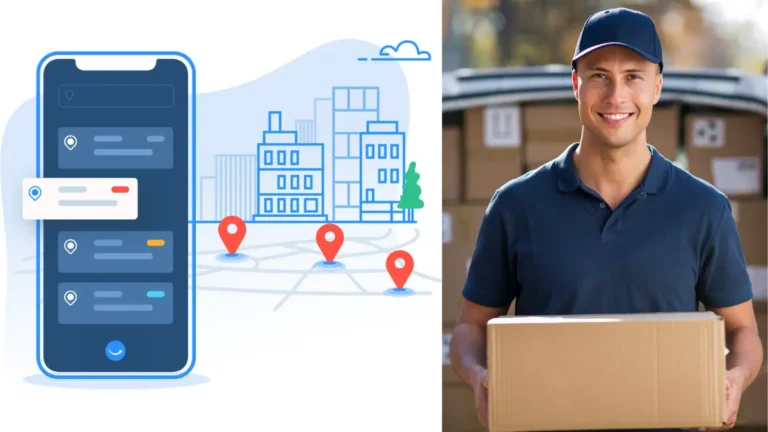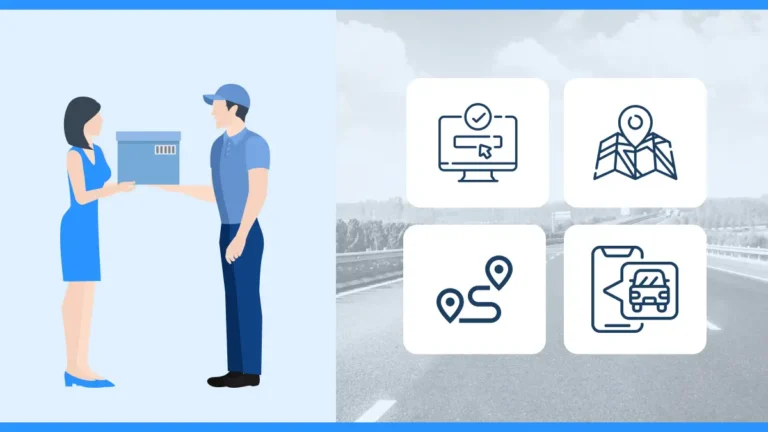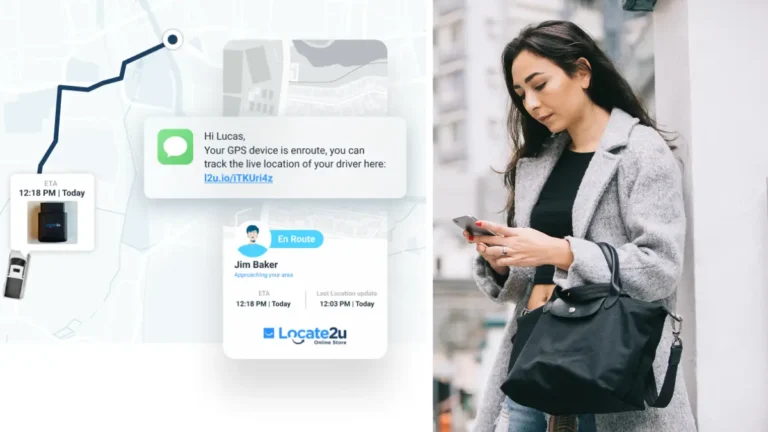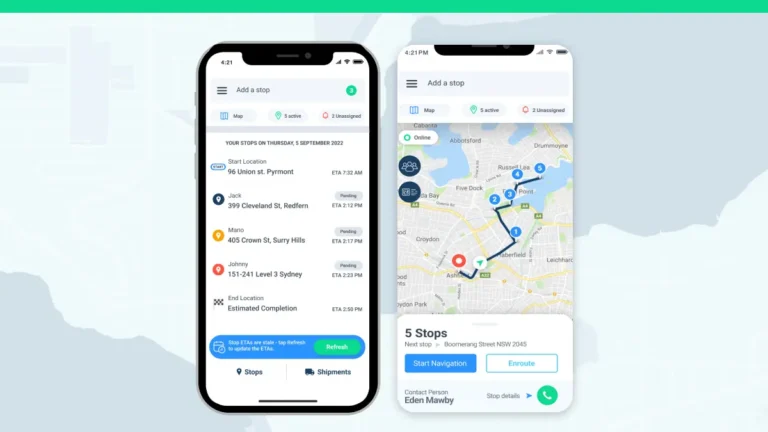A Transport Management System (TMS) is the main logistics hub that helps a business optimize operations and delivery with the latest technology and software. It could be to help save money, or optimize the movement of goods, or even just handling complaints.
Transportation Management Systems have been around for a long time and are used by many different companies to help them manage all of their deliveries to their customers. But over the years, as technology has evolved, it’s getting smarter and better.
With everyone trying to save money and resources and make maximum profit, TMS is there to make sure your deliveries are done efficiently and get to your customers faster than your competitors.
Let’s get started so you know exactly what a Transportation Management System can do for your business to take it to the next level.
What is a Transport Management System (TMS)
A transport management system streamlines logistics by planning, executing, and optimizing the movement of goods. This system reduces operational costs, enhances delivery efficiency, and improves customer satisfaction.
What does it use?
- Real-time tracking and visibility.
- Optimized routing for reduced fuel and time costs.
- Seamless integration with Enterprise Resource Planning and Warehouse Management Systems.
Transportation management systems involve the careful planning, execution, and optimization of the physical movement of goods.
A TMS can also easily manage land, air, sea, or rail transport. It automatically selects the best mode based on speed and cost. According to Locate2u, flexible shipping options can reduce shipping time by up to 30%.
7 Key features of transportation management
A transportation management system needs the help of a few features and software to work like a well-oiled machine.
You need to manage the routes, the costs, and the performance of the fleet.
Let’s look at those features in detail.
Route optimization: For the logistics operations to run effectively, you’ll need the fastest routes to your customers. With route optimization, the transportation process functions optimally. The software analyzes and selects the most efficient routes for delivery. This enhances timely delivery.
Carrier management: Carrier management evaluates and selects the best carrier based on performance, cost, and reliability.

Load planning: Part of the transportation planning process is to ensure the vans, trucks, or containers are efficiently packed to maximize the use of space.
Real-time tracking: Monitoring your stock in real-time to provide visibility and updates on where your goods are. This is especially helpful when you make use of third-party logistics service providers.
Cost management: Shipping costs can get expensive, but with TMS software like cost management, you can analyze and control your transportation costs.
Performance analytics: Using data collected through fleet management software, you’ll be able to assess and improve the entire transport management system. It’s important to identify whether your deliveries are on time and the costs are effective.
Regulatory compliance: Environmental laws and safety rules must be adhered to throughout the supply chain process. Transportation management makes this process easier.
Benefits of a transportation management system (TMS)
Why would businesses use TMS apart from being more organized and in control of day-to-day operations?
Think of it as a digital tool that makes shipping products faster, cheaper, and more efficient.
Businesses can save money on transportation costs, while also improving their delivery times. Better services to customers mean repeat business.
Ultimately, transportation management software helps businesses to stay competitive in today’s fast-paced market.
Let’s take a deeper look at the main benefits of TMS.
How can TMS save you money?
Imagine you own a sushi restaurant in a holiday resort. But you are not the only one; there are many other similar restaurants for customers to choose from. You are quite busy during the peak summer season.
If you use TMS, you can find the best routes to deliver the food faster than your competitors and with less fuel.
But TMS can also help you save money by reducing billing errors.
How? By automating freight payments and audits.

Faster deliveries with transportation management
Using route optimization helps a business, even a small online store selling clothes to quickly figure out the fastest way to get packages to customers. It makes sure that even a hoodie can arrive at the customer the next day.
TMS solutions: Real time tracking
TMS has a handle on the warehouse management system, making sure that customers can even see when their order is still stuck at the warehouse with real-time tracking. It’s just like tracking someone on a real map, making their whereabouts more visible.
Better planning with transportation management
It’s easier to plan and make accurate predictions of how many deliveries need to be made and when.
This means you can anticipate how many trucks and drivers you’ll need to avoid any delay. This helps provide better customer service.
Reducing environmental impact with a transportation management system
The more trucks that are on the road, the more pollution the transportation industry creates. A TMS helps companies to organize their deliveries to minimize the amount of trucks on the road.
With fewer trucks, less fuel is used.
Easy problem-solving in transportation management industry
If a truck breaks down or there’s bad weather, a TMS can quickly find a new route or another truck to help deliver the goods. It’s like having a backup plan to avoid making customers wait for their deliveries.
How transportation management systems have evolved
Let’s think back to 20 years ago when most transportation management systems were designed to capture orders and dispatch them to third-party courier companies.
Many didn’t allow you to manage your own fleet, conduct route optimization, or offer live tracking.
To make things worse, transportation management systems were often desktop-based software.
Today, newer transport management system available in the cloud can significantly increase efficiency. Cloud-based TMS allows you to manage your own fleet using route optimization and provides customers with live tracking links.
What to consider before choosing a TMS
“You now have the ability to offer same-day delivery, either through your fleet or by using third-party courier companies to assist with last-mile delivery,” says Locate2u founder and CEO Steve Orenstein.
If you’re managing your own fleet, Orenstein says it’s time to consider how to dispatch work to drivers, possibly using a driver app.
“This allows drivers to receive bookings, track their location, and capture proof of delivery information. You can electronically view details such as a photograph of delivered goods, timestamps, and GPS locations.”
Another valuable element is that it allows you to set the rates in your transportation management system.
What does this help with? It helps you to calculate delivery costs and choose the most cost-effective method. This could be either for a third-party carrier or your internal fleet.
Remember: Rates are crucial for managing costs and facilitating customer invoicing directly from your TMS.

When it comes to customer communication you need to ask yourself: Does this system allow notifications via SMS or email?
A good transportation management portal enables customers to log in, create bookings, and track live locations for each delivery. This includes the status of deliveries, details on the assigned driver, and their live location.
“When choosing a transport management system, it’s essential to outline your goals. Consider the specific problems you need to solve, explore different TMS options, and assess whether each one addresses your challenges,” warns Orenstein.
Solving your customers’ problems effectively enhances their experience, which in turn supports your business growth.
Choosing the right transportation management system
The TMS market size is projected to grow from $16 billion to $40 billion by 2029. According to Markets and Markets, this is largely due to the rise in e-commerce and the transformation of businesses to meet consumer expectations.
With a wide range of transportation management systems out on the market, you need to make the right decision for your business.
Here are the three most important questions to ask yourself.
- Is it scalable?
- Can I customize it to my brand?
- Is there support for me when needed?
Let’s look at these three questions in detail.
Scalability when choosing a TMS is important
The last thing you want is to underestimate how fast your business can grow and reach more customers. You don’t want to realize just a few months later, on this exciting journey, that the TMS you invested in is no longer usable.
So what now? Look for systems that can handle increasing order volumes, integrate with more carriers, and support expansion into new geographic regions.
According to Markets and Markets, 80% of users prioritize fundamental functions like route optimization and shipment tracking when implementing TMS software solutions. Therefore, TMS software can cut fleet expenses by 30%. With more money, it’s easy to scale your business.
Can your TMS be customized?
Every business has its own unique needs and systems. Your TMS must reflect these needs.
Ask yourself: Can the system be tailored to handle your specific requirements, such as custom workflows, industry-specific regulations, or unique customer demands?
When TMS is customized to your needs, it increases productivity and reduces errors.
Vendor support for better transportation management
Reliable vendor support is crucial, especially during implementation and upgrades.
Strong support ensures that issues are resolved quickly and minimizes downtime. That means fewer risks for your business.
Before committing to a TMS, ask about ongoing updates. You might want to know how frequently they roll out new updates and enhance features to ensure a better customer experience.
NOW READ: Industries Transformed by Real Time Tracking
About the author
Mia is a multi-award-winning journalist. She has more than 14 years of experience in mainstream media. She's covered many historic moments that happened in Africa and internationally. She has a strong focus on human interest stories, to bring her readers and viewers closer to the topics at hand.

